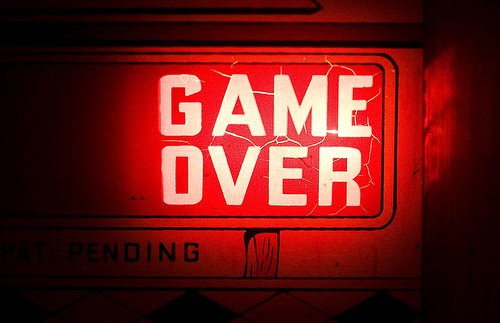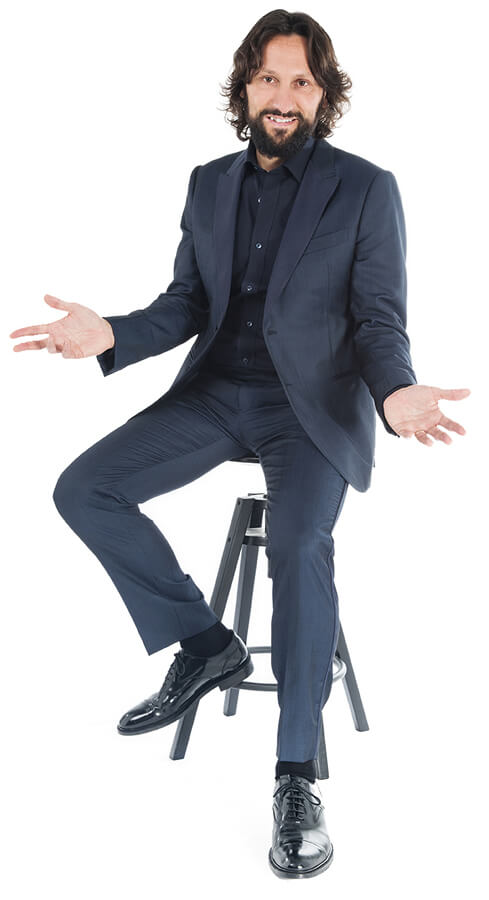
CNC Machining Centers are designed to have a production process which is simple and flexible. These were purchased in order to counter the too productive processes that had been invested into.
In fact, the first super-productive machine tools were transfer machines, created with the aim of producing large quantities of individual types of parts.
These machines marked the era that I call HYPER PRODUCTIVITY, in which companies were looking for machines that could guarantee great speed in production.
But this business model then began to have major problems, because, from the 90’s onwards, with the arrival of fierce competition, large orders of individual types of parts became less frequent.
So, in order to amortize the cost of production, companies began to make STOCK.
That is, they began to stock the quantities of the unsold parts hoping to sell them in the future.
A rather suspicious production methodology that, in the medium term, has meant that many companies went bankrupt.
It is precisely here that the concept of “Lean manufacturing”, i.e. “lean production”, is born.
A global methodology based on “Just in Time” production or to produce only what the market requires and reduce the costs of stock.
And here the CNC Machining Centers come into play, as mentioned at the beginning.
Machines very flexible and able to adapt to many types of parts.
And, above all, machines that have a relatively low cost, compared to the previous Transfer Machines and that therefore allow companies of smaller size and budget to make the investment.
The era of HYPER FLEXIBILITY is born.
The historical phase everyone was waiting for.
In which there is finally no need to stock and where it is possible to take orders for small batches of pieces.
But what happened in this period with this new methodology and way of understanding production?
Is the world of machining centers all peaches and cream as it is described?
I would not say that, and now I’ll explain why.
Only flexibility is not enough anymore.
Machining Centers are basically very flexible machine tools, but with the problem that they are NOT productive.
In fact, flexibility is beneficial but at the expense of productivity.
They are very slow machines and do not allow the user to reduce production costs correctly.
So, to be able to remain competitive and productive, companies have started to buy series of Machining Centers.
This is what I call:
“Battery of Machining Centers”
A series of Machining Centers, all the same, one after the other, to be able to stay ahead of the orders of large quantities from customers.
The 3 major problems of the Battery of Machining Centers.
However, developing a business model based on a factory made up of many batteries of Machining Centers is NOT a smart thing.
If at first glance you seem to have solved the problem of productivity with this method, in truth that is not the case.
You have Machining Centers, each one employed to produce certain types of parts, but you get a bigger order from a potential customer.
What are you going to do?
Of course, buy other Machining Centers to dedicate to that production.
And what happens at this point?
Here are the problems you are facing if you continue to buy Machining Centers:
- Space: to produce more and remain competitive, you continue to buy machines and the same space you are now dedicating to the machines you could use much smarter for other production strategies.
- Energy: the amount of energy used to support production will be continuously increasing and fixed costs will become higher.
- Specialized personnel: obviously every machine you buy is a requirement for new skilled labor added to your team. You know today how difficult and expensive it is to find specialized personnel.
As you can see, the solution dictated in the last few years by the Battery of Machining Centers strategy is no longer sustainable.
The costs would increase dramatically and you would face problems that are really difficult to solve.
Becoming competitive in flexibility, but staying steady and slow in productivity is NOT the solution.
It is for this reason that in the title I wanted to write very directly:
“Buy another CNC Machining Center and you will go bankrupt”
Because this is the reality if you continue to increase your amount of machines, without starting to change your mind and enter the “Automation/Productivity ratio” perspective.
In short, you must become able to understand the right balance between flexibility and productivity.
It takes some time, study, and experience to become familiar with this discipline. It is for this reason that I wanted to study the case personally and develop my own method to help you in this profession.
A discipline in which, if you take possession and rein it in, can finally help you to dominate your production department as you always wanted.
How is the Flexible Production method born?
The concept of Lean Manufacturing comes from the basic idea of being able to find the right balance between flexibility and productivity.
Starting from this concept and these problems, I realized that Lean Manufacturing itself is wonderful and right as a concept.
But is a too wide a concept that includes a series of sectors all over the world and for all topics.
It is therefore necessary to use a method to deal with the world of machine tools in a focused and specialized manner.
I understood that it was necessary to develop a production method, based on the general concepts of Lean Manufacturing, but which was tailor-made for the machine tool world.
A method developed especially for those who use machine tools and for those who have companies that use transfer machines and Machining Centers.
This is where I decided to get involved.
In years of study, application, and dedication, I have developed the “Flexible Production” method.
From this method my “theory” was born on the use of flexible machines, able to guarantee the correct balance between productivity and flexibility in production departments.
The concept of flexible machines was therefore born in a totally natural way from the Flexible Production method.
A new category of machine tools, which combine the advantages of transfer machines and machining centers.
If previously only the Machining Centers and the Transfer Machines existed, TODAY we can finally enter the most advanced era for machine tools in both technology and process.
“The FLEXIBLE MACHINES”
The perfect machines for applying and practically practicing the concepts of the Flexible Production method.
Flexible machines are basically a category of machines that find the right balance between:
– The productivity of Transfer Machines
– The flexibility of Machining Centers
The flexible machine model par excellence is the Multicenter; made up of 3 spindles and with a changeover of less than 5 minutes.
I then invested two years of my time into writing a book, into which I put all my thoughts concerning the world of machine tool users.
A book that contains my vision and the concepts of the Flexible Production method, with the aim of helping companies face new market challenges.
——————————————————————————
If you want to go deeper on the topic of “Flexible Production”
CLICK HERE
>>> www.flexibleproductionbook.com <<<
My book, dedicated to users of machine tools that want to make the leap in quality, is waiting for you !!!
——————————————————————————
To your results!
Maurizio Porta
MASTER TRAINER Method FLEXIBLE PRODUCTION

 Ita
Ita Deu
Deu
